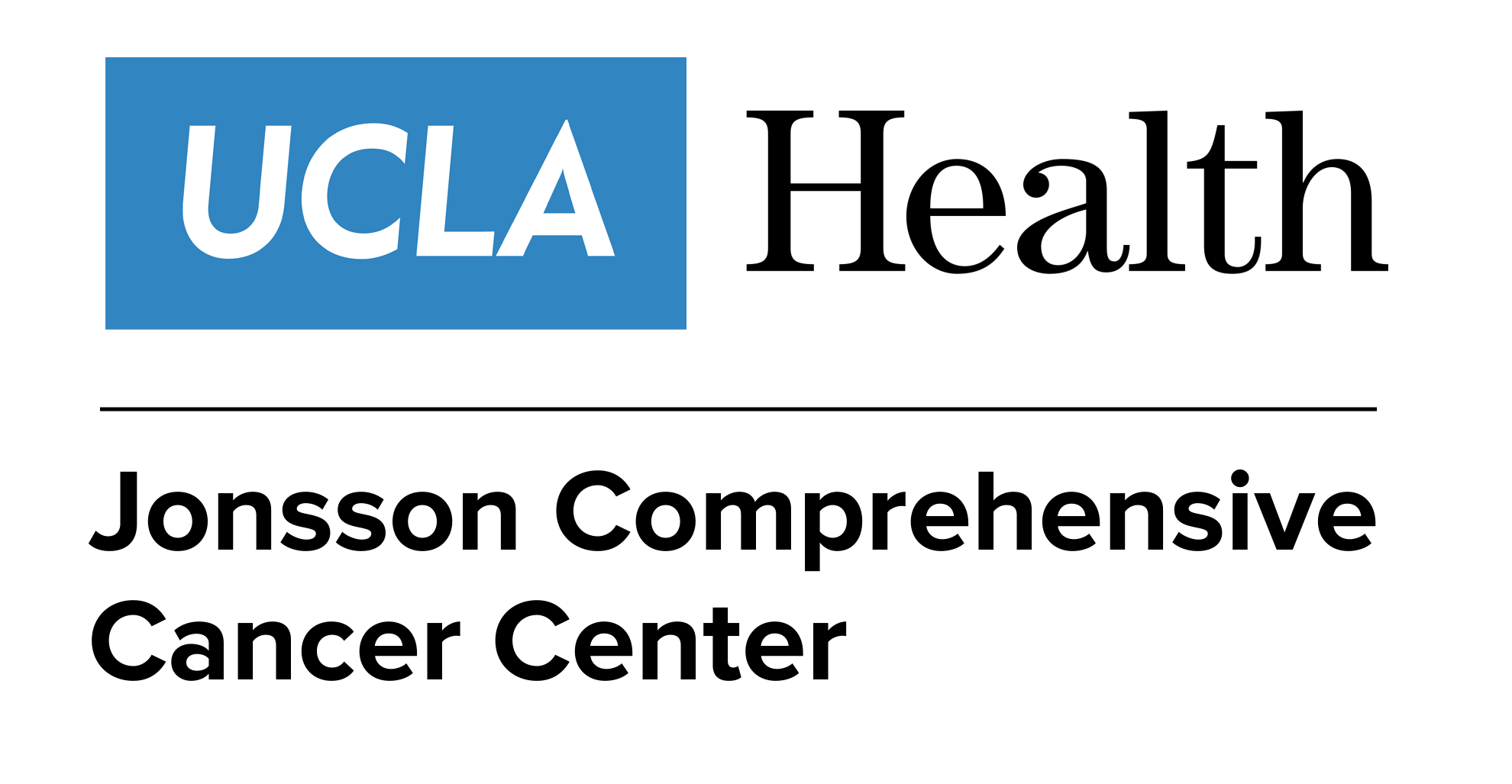
Immunotherapy Related AEs Are Manageable with Nurse Intervention

“If you're an oncology nurse, you will have patients with immunotherapy–which is why we want to make sure that we are really familiar with these side effects.”
Oncology nurses taking care of patients treated with immunotherapy can ensure they continue to receive this therapy and lower hospitalizations by remaining diligent in suspecting and detecting immune-related adverse events (irAEs), said Grace Cherry, RN, MS, NP, UCLA melanoma program, during a presentation at the 5th Annual School of Nursing Oncology meeting.
“If you're an oncology nurse, you will have patients with immunotherapy–which is why we want to make sure that we are really familiar with these side effects,” Cherry emphasized.
Immune Related Adverse Events
IrAEs are currently unpredictable. They can appear at any time, in any organ or tissue. There are currently no markers to indicate which patients will have a reaction, although it is suspected that those who are autoimmune are at greater risk.
Common irAEs include fatigue, dermatitis, colitis, endocrinopathies, hepatitis, and pneumonitis. However, there are also rare irAEs that can occur, such as neurological, hematological, cardiac, musculoskeletal, and renal symptoms. Cherry urges oncology nurses to always “be suspicious.”
“I would like to invite for you to be that person who will be suspicious. Be that person who will [ask]: Is this an immune related adverse event?” encouraged Cherry. “And report it… because if it is [an irAE] we can treat them with prednisone, and the expectation is that it will get better.”
The Principles of Management
The primary principle of irAE management is early diagnosis. For this to be possible, patients must be taught to communicate any change they experience.
“Communication, communication, communication,” stressed Cherry. “We have to let them know how to communicate to us if they're having symptoms. Do they know who to call? Do they have a phone number? Do they know to call on the weekend if they’re having a cough or profuse diarrhea?
The second step is to rule out other causes. IrAEs are unpredictable and difficult to diagnose, so Cherry advises involving other specialists with different instruments and training whenever possible. For example, if a patient experiences blurry vision, it is important to call an ophthalmologist, because they can look inside the eyeballs and provide a truly thorough evaluation.Using an interdisciplinary team is often the best way to receive early and accurate diagnoses.
Cherry also emphasized the importance of understanding common terminology criteria for adverse event (CTCAE) because it provides clinicians with a common language. Generally, immunotherapy can be continued with frequent monitoring as long as the AE is grade 1.
Grade 2 indicates that immunotherapy should be held, and symptoms managed. If symptoms are improved to grade 1, the therapy can continue. Glucocorticosteroids are recommended at 0.5–mg/kg per day if symptoms persist beyond 5 to 7 days.
If symptoms are not improved with use of steroids and worsen to a grade 3, not only should immunotherapy be held, but the glucocorticosteroids dosage should be increased to 1 to 2 mg/kg per day and hospitalization should be considered.
If the irAE reaches grade 4, therapy should be discontinued, and the patient should receive urgent intervention.
Managing Immune Related Adverse Events
There are currently 7 FDA approved immunotherapies. Anti-PD-1 therapies such as nivolumab (Opdivo), pembrolizumab (Keytruda), and cemiplimab (Libtayo), are generally much better tolerated than anti-PD-L1 drugs like atezolizumab (Tecentriq), avelumab (Bavencio), and durvalumab (Imfinzi), or the anti-ctla-4 therapy, ipilimumab (Yervoy).
The standard treatment for irAE is systemic steroids therapy; 0.5 to 2 mg/kg/d of prednisone or equivalent should be administered in either IV or oral form, depending on the severity, and should be tapered gradually over the next 4 to 6 weeks. Various literature suggests that the use of steroids does not impact the efficacy of the immunotherapy, said Cherry.
If steroid therapy does not induce a positive response within 2 to 3 days, the next step is usually an immunosuppressant. Guidelines recommend infliximab for colitis, mycophenolate for hepatitis, and an antifungal prophylaxis for pneumocystis.
Prednisone can affect glucose levels, so blood sugar should be monitored when administering that steroid. In addition, PP1 and H2 blockers are recommended to prevent gastritis, while vitamin-d and calcium are encouraged to prevent osteoporosis.
Cherry reminded nurses that irAEs are treatable. She recounted how gratifying it feels as an oncology nurse to successfully catch and manage an irAE and allow a patient to continue treatment.
As an example, she recalled a patient who was successfully treated for their adrenal insufficiency with 20mg hydrocortisone twice a day and was consequently able to continue their monthly monotherapy of nivolumab.
“I have to say personally, it's really gratifying when we catch patients with adrenal insufficiency, because.. they look so sick, and they feel horrible, but when we properly diagnose, and give the supplement of hydrocortisone, symptoms immediately get better. So, it's really, really gratifying. But even more gratifying than that is they continue to take therapy that is lifesaving.”
Patient Considerations
Some patients receiving immunotherapy are apprehensive to receive the COVID-19 vaccine. However, the NCCN has stated that patients with cancer respond well to messenger RNA SARS-CoV-2 vaccines and should continue to be prioritized for immunizations. Exceptions include patients who have received stem call transplant, cellular therapy, major surgery or have acute leukemia.
Both the NCCN and the Society of Immunotherapy of Cancer have patient geared resources for understanding immunotherapy. Furthermore, both the NCCN and ASCO release regularly updated immunotherapy management guidelines for clinicians.
Cherry also urges that patients use immunotherapy wallet cards and that families and caregivers be incorporated in the symptom management process. Any change from baseline should be reported right away.
“Communication is the key. Communication with patients. Communication with other health care providers. Early reporting is so important, make sure your patients know who to call, how to call, how to report symptoms. Let them know what their baseline is. If it's anything different, report it to us. Our job is to figure out is this immune related or not… So, we continue to give these treatments safely, so that our patients can continue with their life saving treatments.”
Reference
Cherry G. Management of Immune Related Adverse Events (irAE). Presented at: 5th Annual School of Nursing Oncology; August 6-7, 2021; Virtual.
Newsletter
Knowledge is power. Don’t miss the most recent breakthroughs in cancer care.














































































